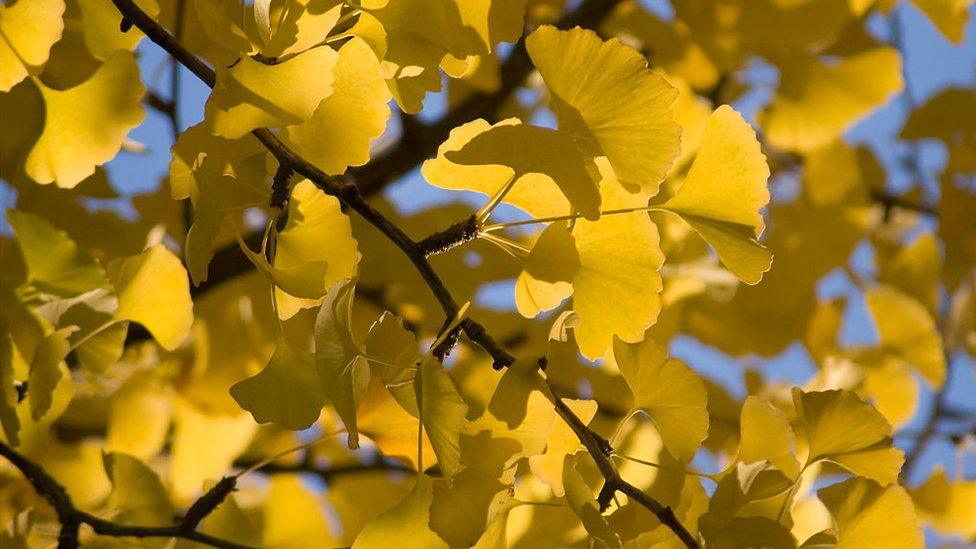Trees across the world that live for centuries
- Published

The ginkgo biloba or Maidenhair tree has a life expectancy that beats lots of species. The tree, which is native to China, can live for more than 1000 years and scientists have recently discovered the secret behind its long life. It turns out the trees are able to produce protective chemicals that protect them from diseases and drought. The trees are also able to maintain a healthy defence system as they age – how cool is that!
The Great Basin bristlecone pine is believed to be the oldest living species in the world. One of the world’s most famous bristlecone pines is named Methuselah and is over 4800-years-old. The impressive life expectancy of bristlecone pines is down to the harsh conditions they grow in. The trees grow in the higher mountains of California, Nevada and Utah in America. The tough conditions mean the trees grow very slowly, making them dense and this helps to protect them from rot, insects and fungi.
Cryptomeria trees, which are also known as Japanese cedars, are native to parts of China and southern Japan. Cryptomeria tends to grow in milder winter climates and some Japanese species are believed to be more than 650-years-old and some in China are said to be around 1000-years-old.
Alerce trees, which are also referred to as Patagonian Cypress, can be found in Chile and southern Argentina. The oldest known alerce is believed to be roughly 4000-years-old. The trees contain special resins that help to stop them decomposing even when they’re in water.
The African baobab tree is the oldest living flowering plant. They can live for over 2,000 years, but recently many of the oldest trees have died and scientists think it's because of climate change. The tree has hundreds of uses including a fruit pulp which has more vitamin C than oranges, root which can make red dye and bark which can make baskets and rope.
- Published1 December 2019
- Published16 October 2017
- Published27 August 2013
